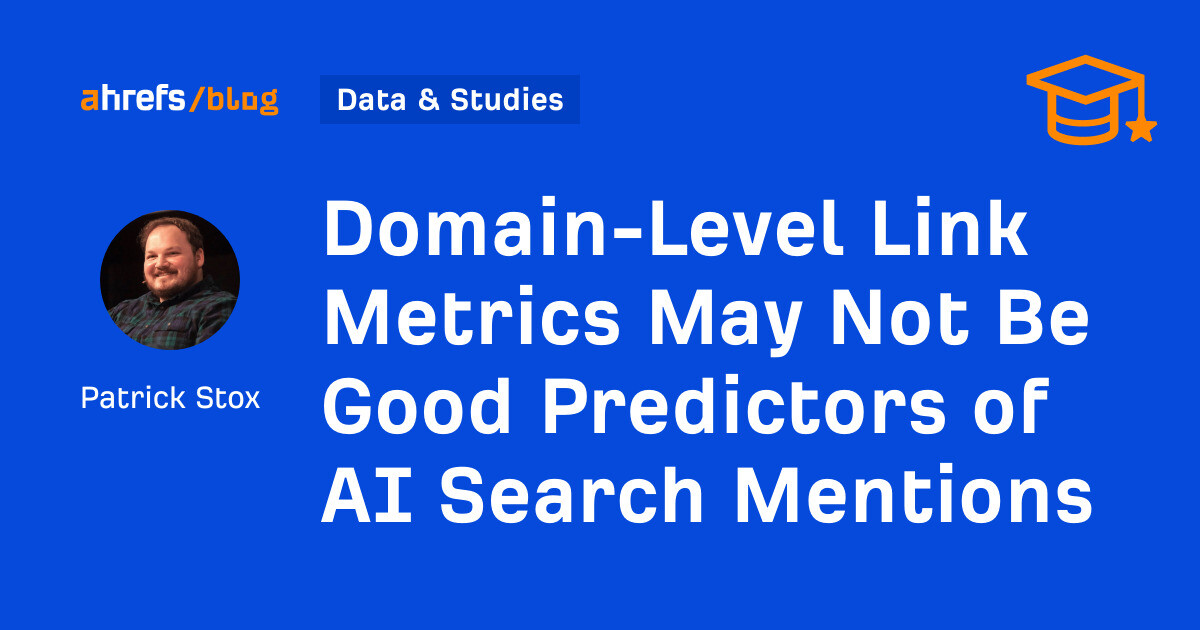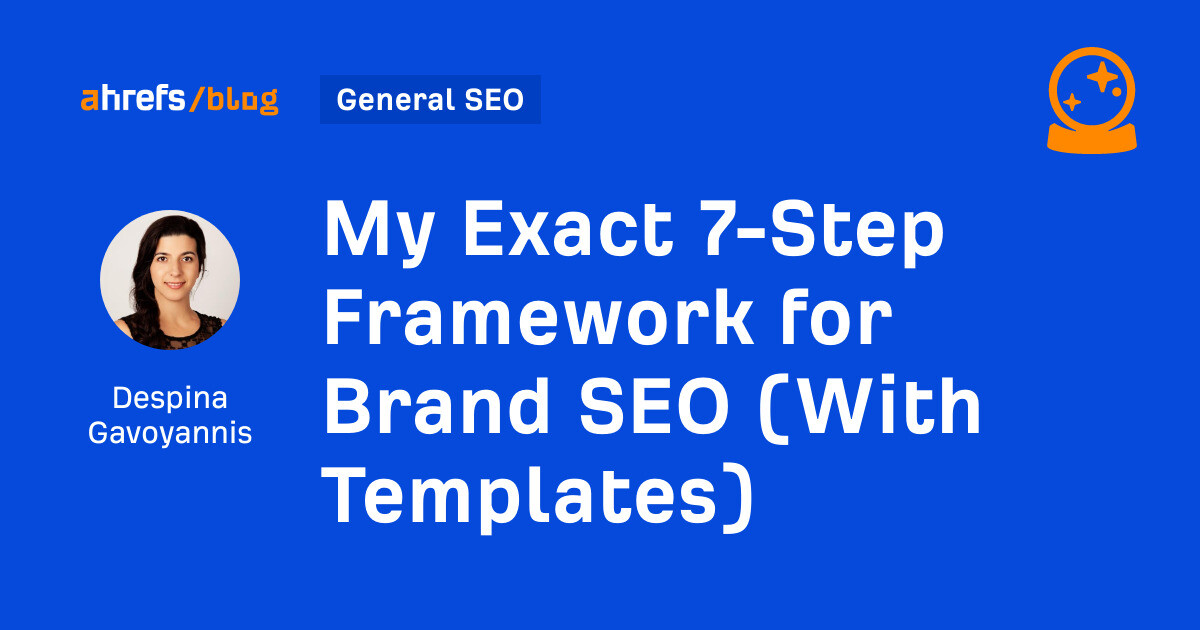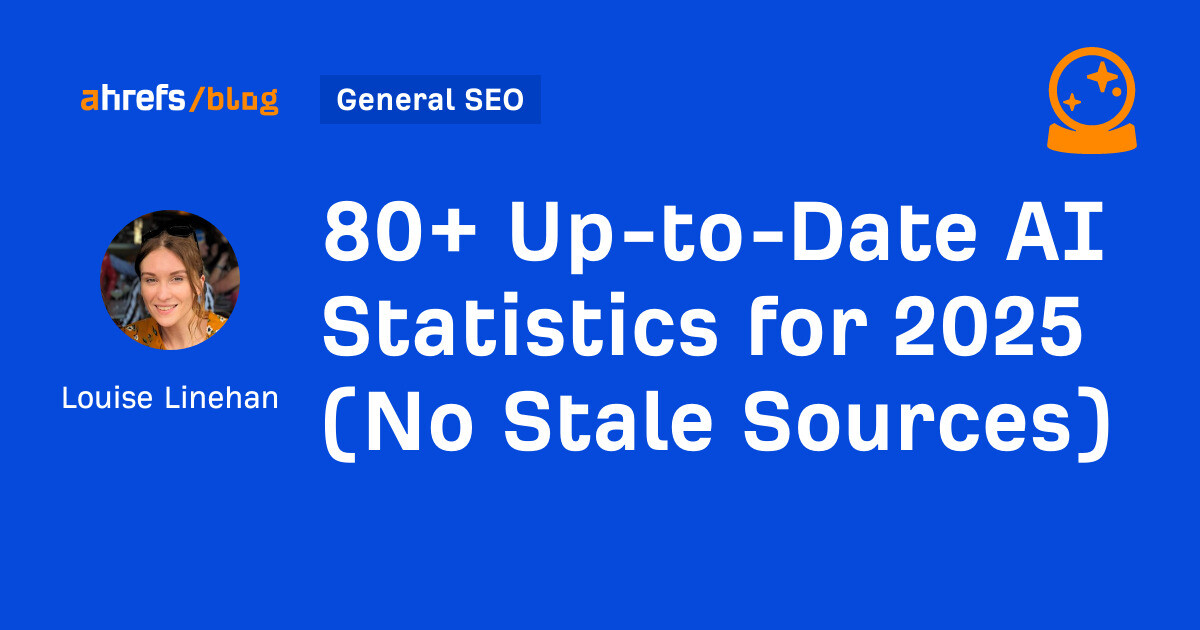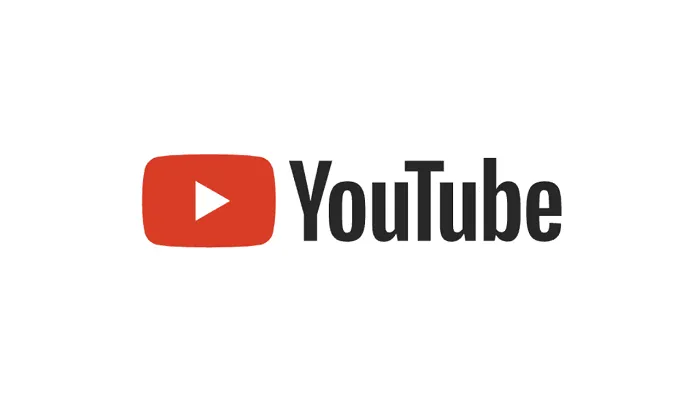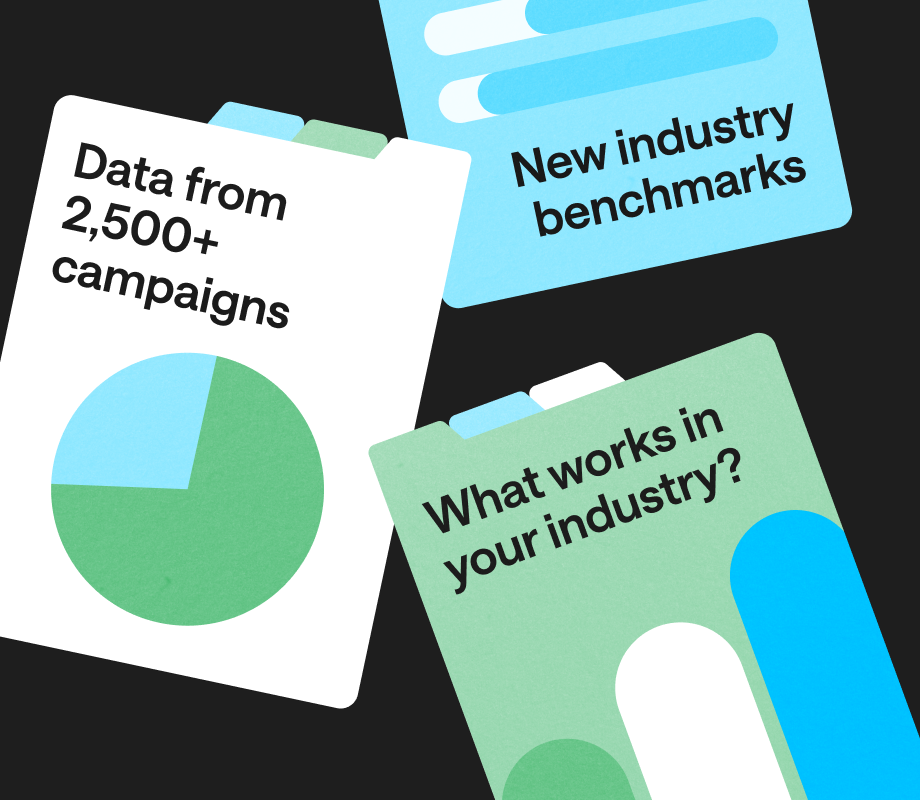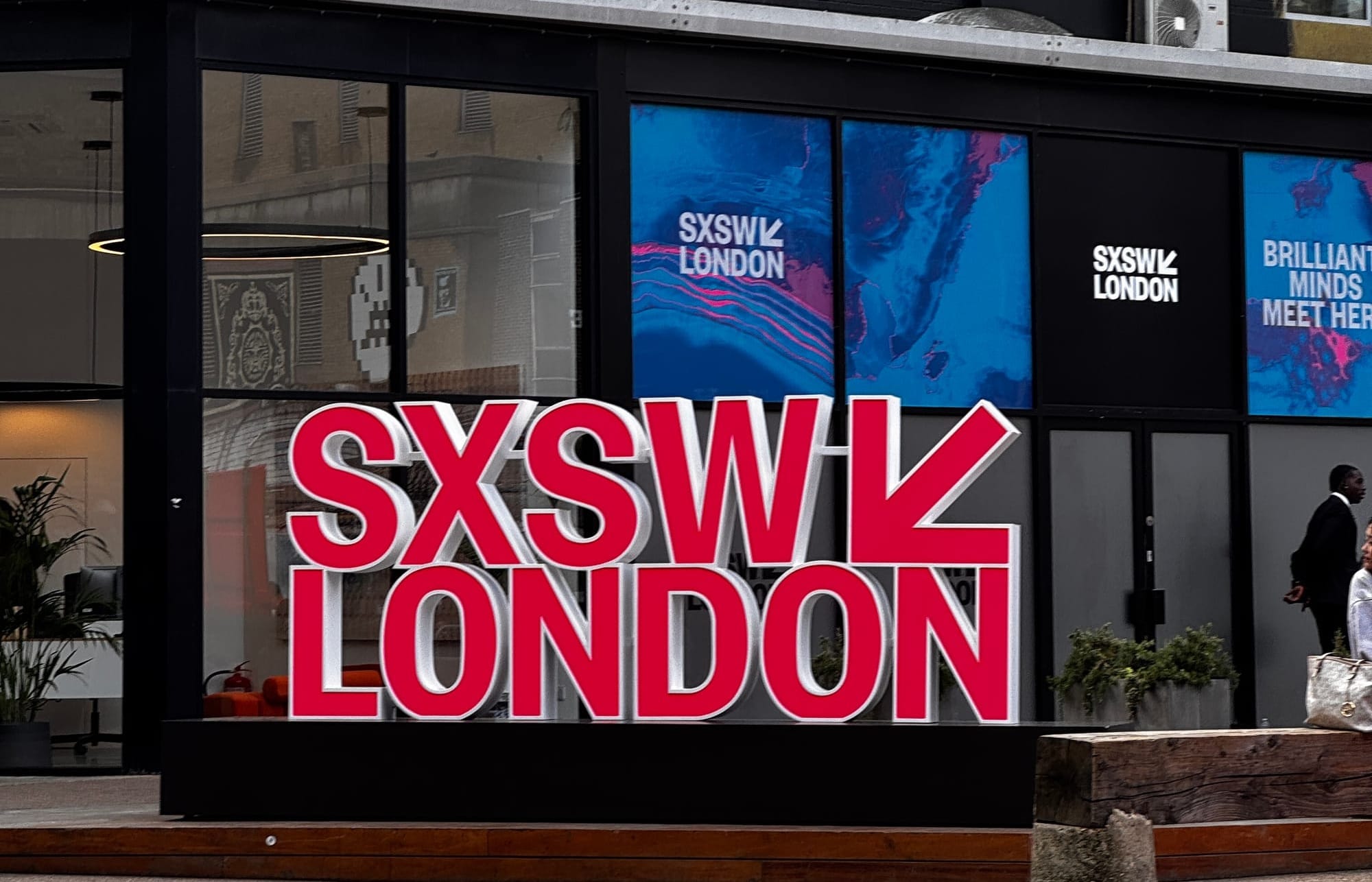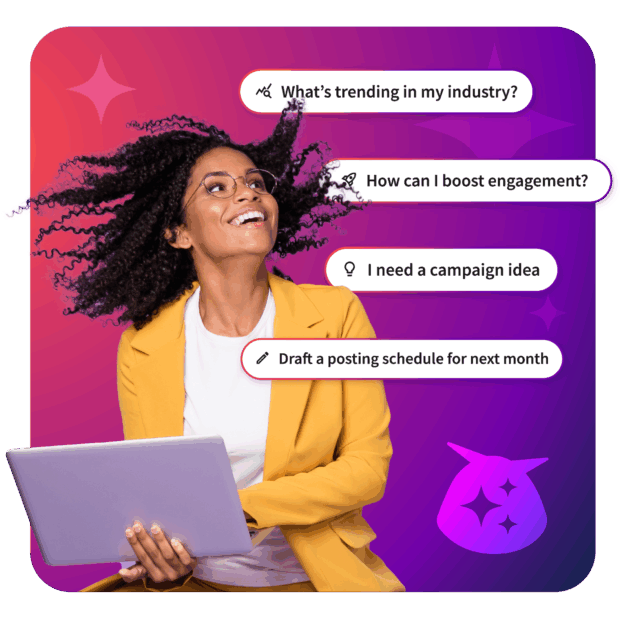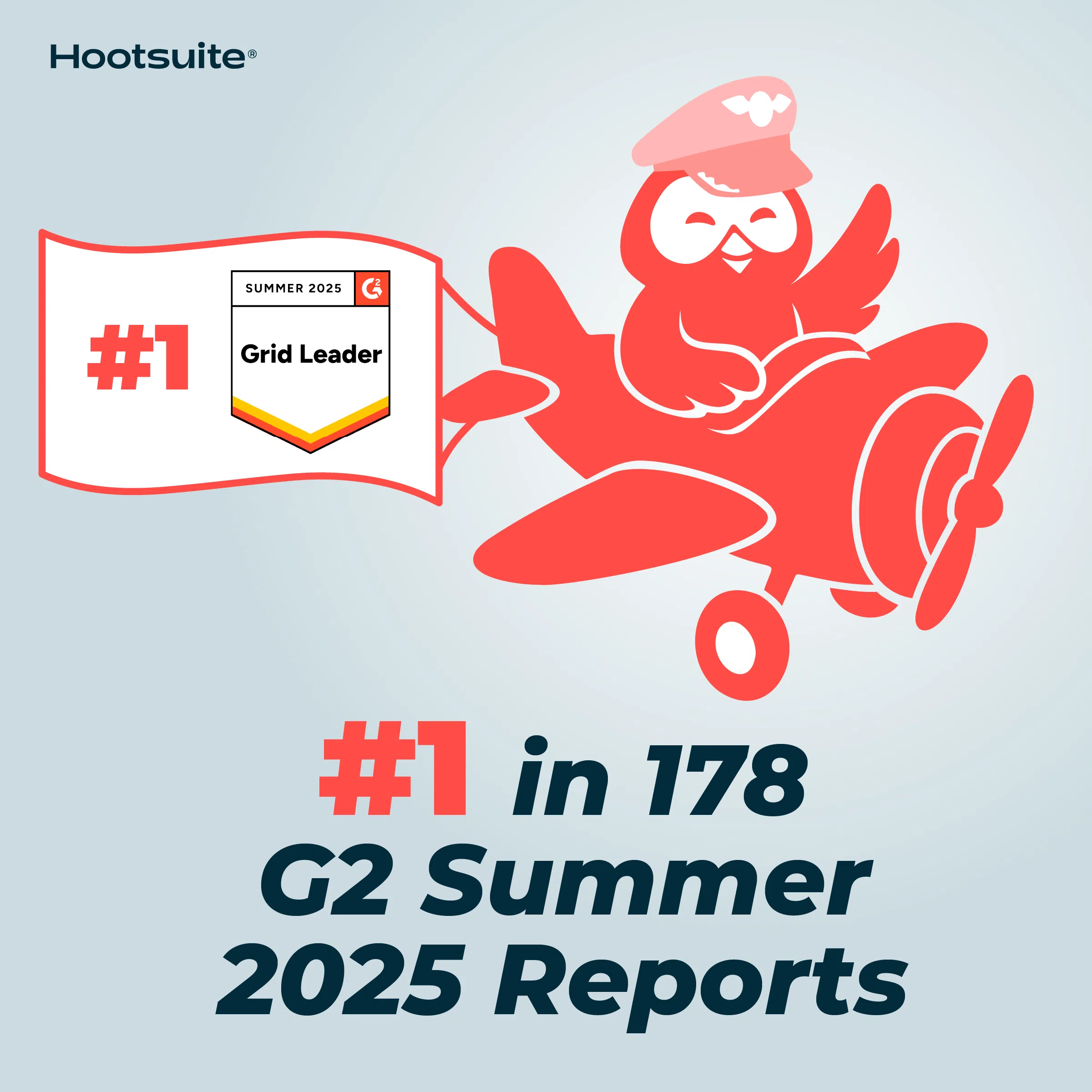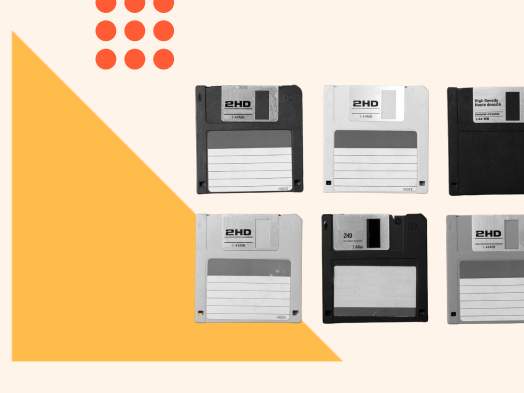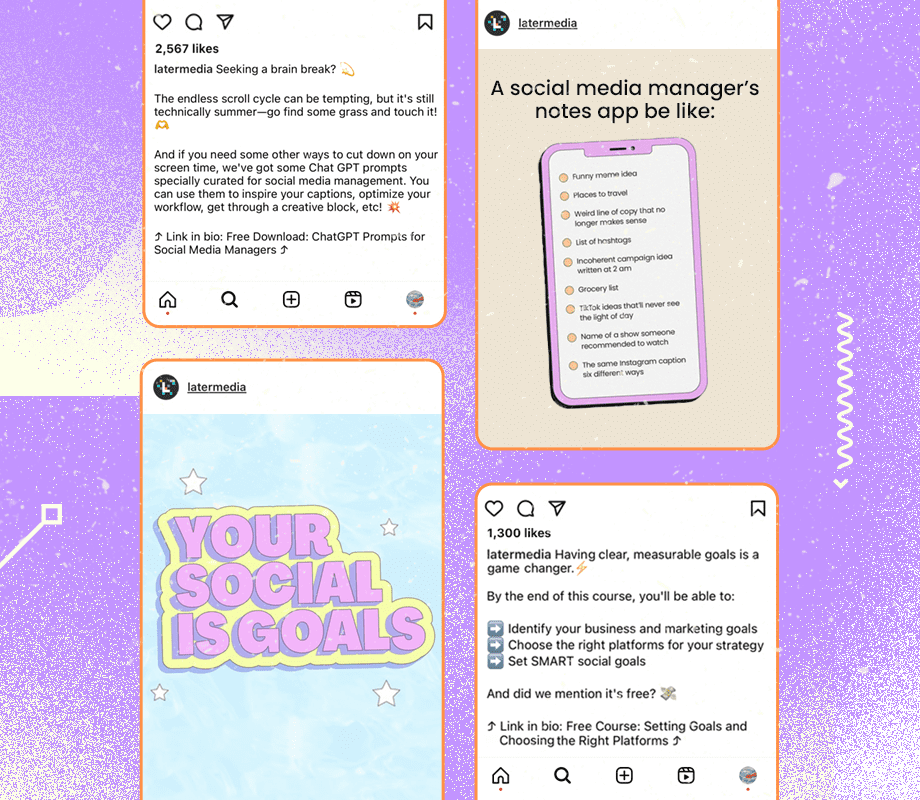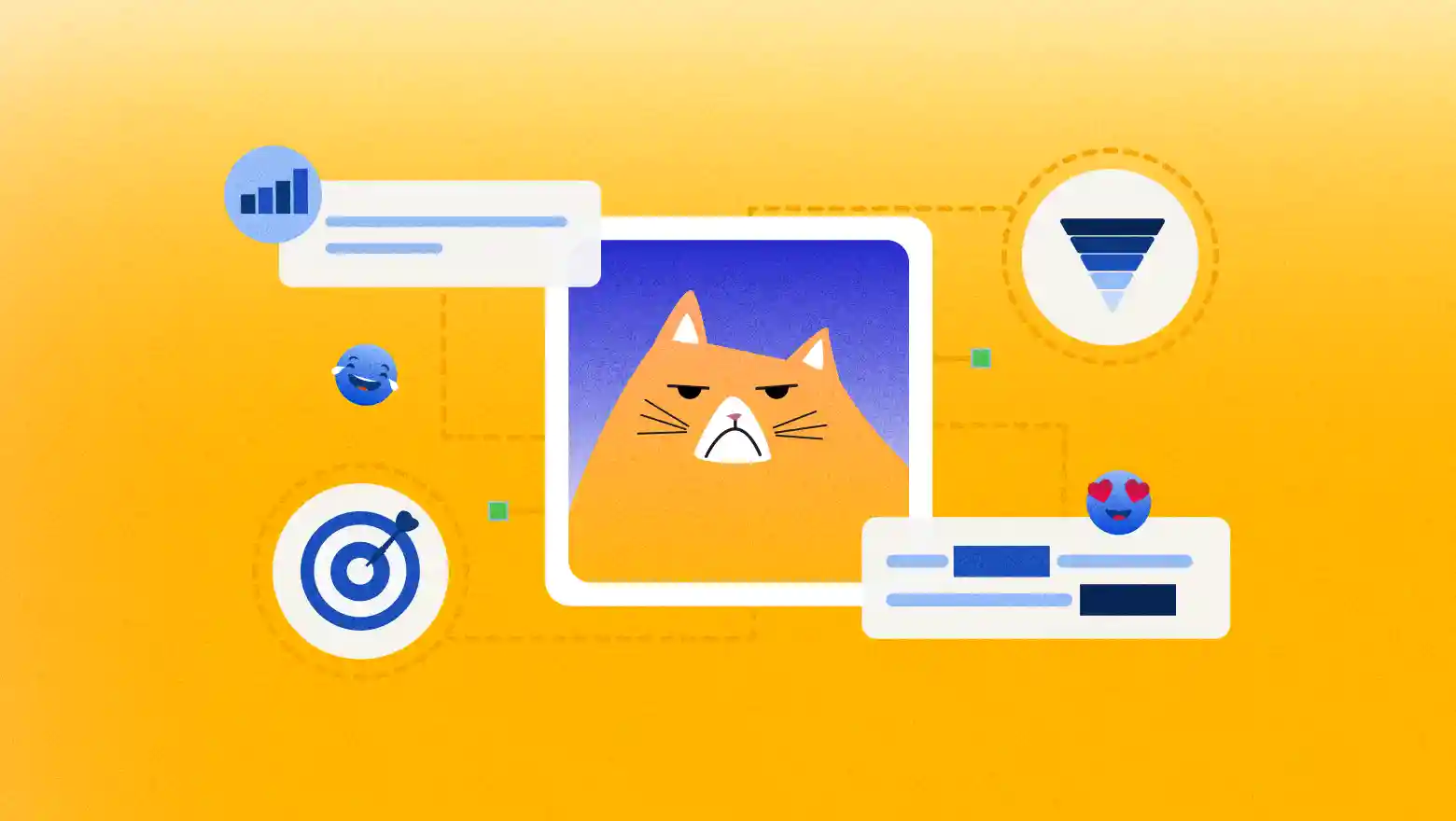The attention economy is the actual economy—and social media is the throughline
Capturing and converting consumer attention has never been more difficult. Economic uncertainty, the rise of zero-click search and an endless stream of content have Read more... The post The attention economy is the actual economy—and social media is the throughline appeared first on Sprout Social.
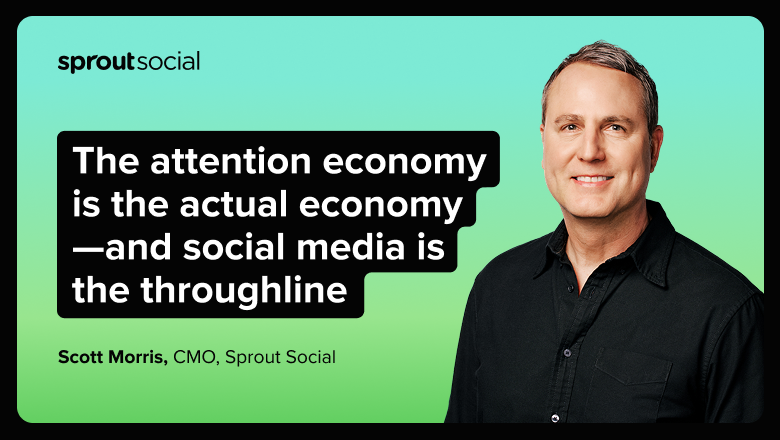
Capturing and converting consumer attention has never been more difficult. Economic uncertainty, the rise of zero-click search and an endless stream of content have intensified the pressure on CMOs to deliver results with fewer certainties.
The traditional marketing playbook isn’t breaking through like it once did. Amid the noise, social media is becoming a central force in how people discover, evaluate and buy—especially younger consumers with newfound purchasing power.
According to Sprout’s Q2 2025 Pulse Survey, Gen Z now turns to social platforms more than search engines when looking for information. Plus, 76% of all users say social media has influenced a purchase in the last six months.
Whether it’s paid, organic or creator-led, social investments are paying dividends. Not just in reach, but in revenue. This is the attention economy in action, and it’s why social has become critical for growth. Let’s explore what that means for brands.
What is the attention economy?
The attention economy was first coined in the 1960s, but has become short-hand for companies competing for consumer mindshare, typically online. It’s driven by companies that offer free products, services, experiences and value in exchange for user data and time. Think streaming services, media outlets, online gaming sites and, of course, social media. They often don’t charge admission, but they do monetize attention—primarily through advertising.
Social media stands out as the most powerful and accessible engine of the attention economy. Already, 5.24 billion people use social globally, and nearly a third say they plan to spend even more time on it this year, according to The Sprout Social Index™.

As social media becomes more crowded, millions of creators and brands are all competing for user attention. Brands feel pressure to show up everywhere to increase their share of voice, which is something consumers are starting to expect. When we asked 2,000 consumers which networks brands should stay away from, their answer was somewhat surprising: none. While established networks like Instagram and Facebook remain dominant, newer platforms continue to gain traction, opening up opportunities to meet your audience in the many places where they already devote attention.
Social’s role in the attention economy has always had a clear tie to generating awareness, but now people turn to social to make buying decisions that used to happen in-store, while browsing online or even on sales calls. Social media isn’t just part of the attention economy. The growing appetite for social commerce makes it part of the actual economy.
How the attention economy flattened the marketing funnel
What was once a marketing funnel with distinct stages has transitioned into a dynamic, non-linear path driven by social discovery, engagement and decision-making.
Social search engine optimization (SOSEO) is at the heart of this shift. Consumers—especially Gen Z—aren’t learning about brands through traditional ads or blog posts. They’re finding you on their FYP, through creators they trust, in authentic reviews or via SEO-optimized content tailored for social platforms. Instead of bouncing between channels, they’re staying on social to explore, evaluate and buy.
In many cases, the entire customer journey—from awareness to conversion—happens in a single app. Nearly one in three consumers now use social to both discover and buy products. Another third of all consumers anticipate making more purchases from social networks in 2025, a number that rises to nearly half among Gen Z, per the Index.
Social isn’t just a top-of-funnel tool anymore. Brands that understand how to create content and experiences that meet intent on social have a competitive edge.
Why investing in social now is the best deposit in your brand’s future
Sprout’s Q2 2025 Pulse Survey found that Gen Z and Millennial consumers are increasingly making purchases based on what they discover on social. At the same time, CMOs are facing flat budgets and diminishing returns from traditional paid media, according to Gartner.
That contrast reveals why doubling down on social is one of the most strategic investments marketing leaders can make right now. Whether you’re just gaining momentum or already running a mature social program, there are three areas where increased investment will deliver outsized impact.
All Business is Social
Social listening
Gartner reports that the #1 action CMOs are taking to boost marketing productivity is investing in data and analytics. AI-powered social listening is one of the few ways to do this at scale, turning unstructured social conversations into insight that can guide decisions across your entire organization.
As Razorfish’s Ari Berkowitz shared, “Social is the most frequent and the most visible touchpoint for consumers—both for engagement with our brand as well as their engagement with culture and each other. With social, we can think beyond ‘let’s go after every movie lover in the world’ and instead determine the specific communities or fandoms that exist within those conventional buckets. We can use social data to better understand how they talk and engage. We use social listening as modern voice-of-the-customer insights—layering that throughout our strategy and creative outputs.”

When social data moves out of a silo and into the hands of product, sales and strategy teams, it becomes actionable business intelligence and earns marketers a seat at the table.
Influencer marketing
Influencer content dramatically outperforms content that comes directly from brands. 64% of all social users—and 75% of Gen Z and Millennials—say they’re more likely to purchase from a brand that partners with an influencer they like, per the Q2 2025 Sprout Pulse Survey.
That’s why over half of marketers say they already use influencer marketing to build brand awareness, increase credibility and drive revenue, according to the Q1 2025 Sprout Pulse Survey. For example, Unilever recently shared they’re investing half of their ad budget on an “influencer-first” social media strategy.
Yet, a highly effective strategy requires sourcing influencers that resonate with your audience and their content interests. The key is not over-relying on quantitative profile traits like follower size, audience demographics, engagement rate or location—which is how many brands have traditionally searched for creators. The approach doesn’t address how the networks serve up content, or how users consume social.
Instead, marketers should lead with a content-first approach that prioritizes topical relevance. Partnering with a micro-influencer in a niche that appeals to your audience will deliver more returns than a mismatched celebrity or mega-influencer endorsement.
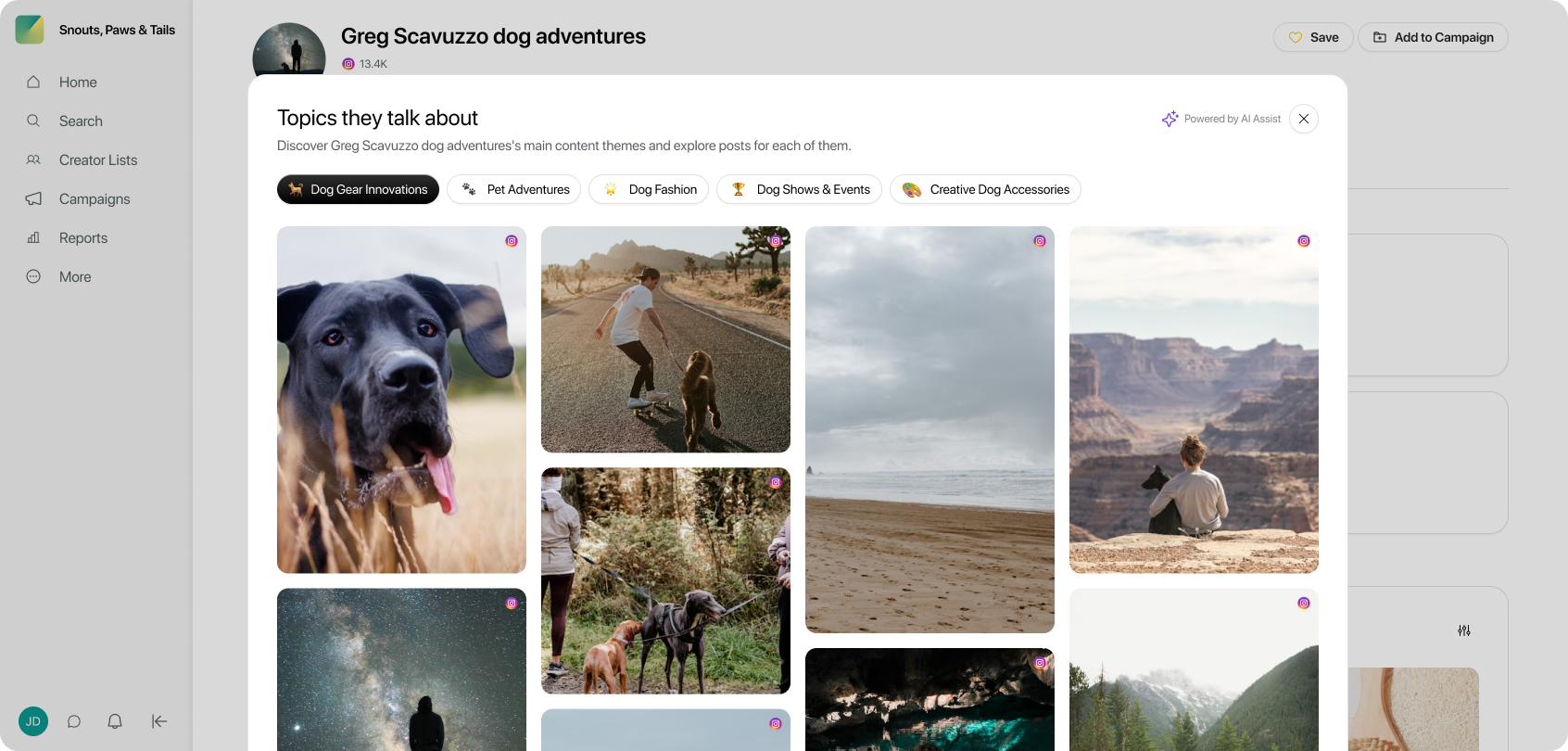
Proactive customer care
There are countless examples of brands who value customer-centricity in their stores or call centers, but leave mentions and DMs on read for the world to see. Abandoning customers on social—their customer care channel of choice—leaves room for the competition to swoop in and sends a concerning message to current and future customers.
When a brand is unresponsive to customer service questions on social, 49% of social users only sometimes try reaching out again on traditional channels and 19% never will, per the Q2 2025 Pulse Survey.
The brands that earn lifelong customers on social treat customer care as a public display of their values. Fast, empathetic responses don’t just solve problems. They build loyalty in full view of your next customer.

All business is social
The marketing landscape has changed, but our mission as marketing leaders remains the same: earn attention, build connection and drive growth. What’s different is where and how those outcomes are happening.
In this environment, social isn’t a cost center or awareness play. It’s a growth lever. The CMOs who recognize that—and invest accordingly—build brand resilience.
When attention is currency, social is the exchange that pays off in the long run.
Looking for more ways to connect social media performance to real business impact? Check out our social media ROI toolkit, full of the frameworks and formulas needed to calculate, communicate and amplify social’s impact.
The post The attention economy is the actual economy—and social media is the throughline appeared first on Sprout Social.













_1.jpg)


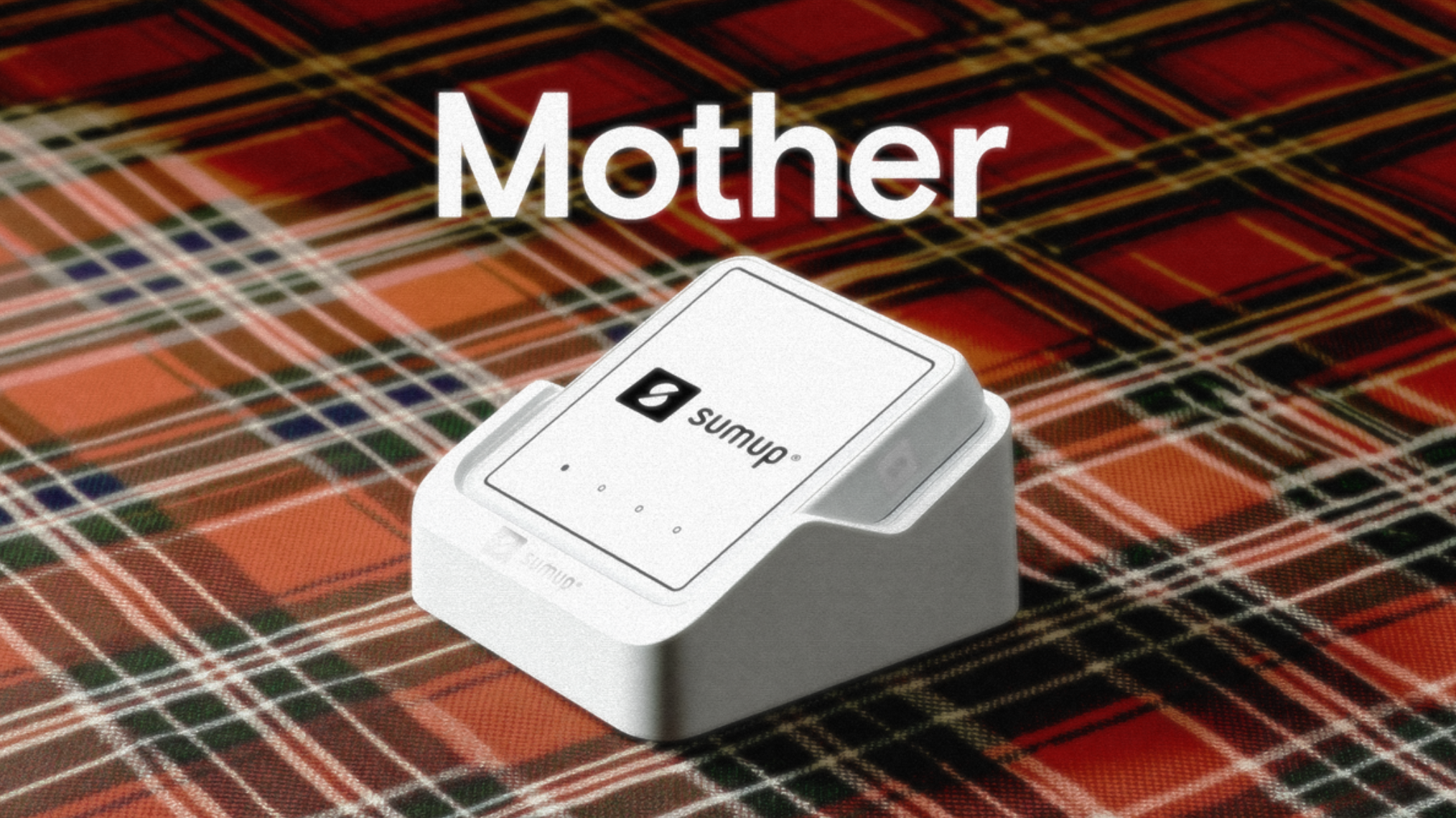




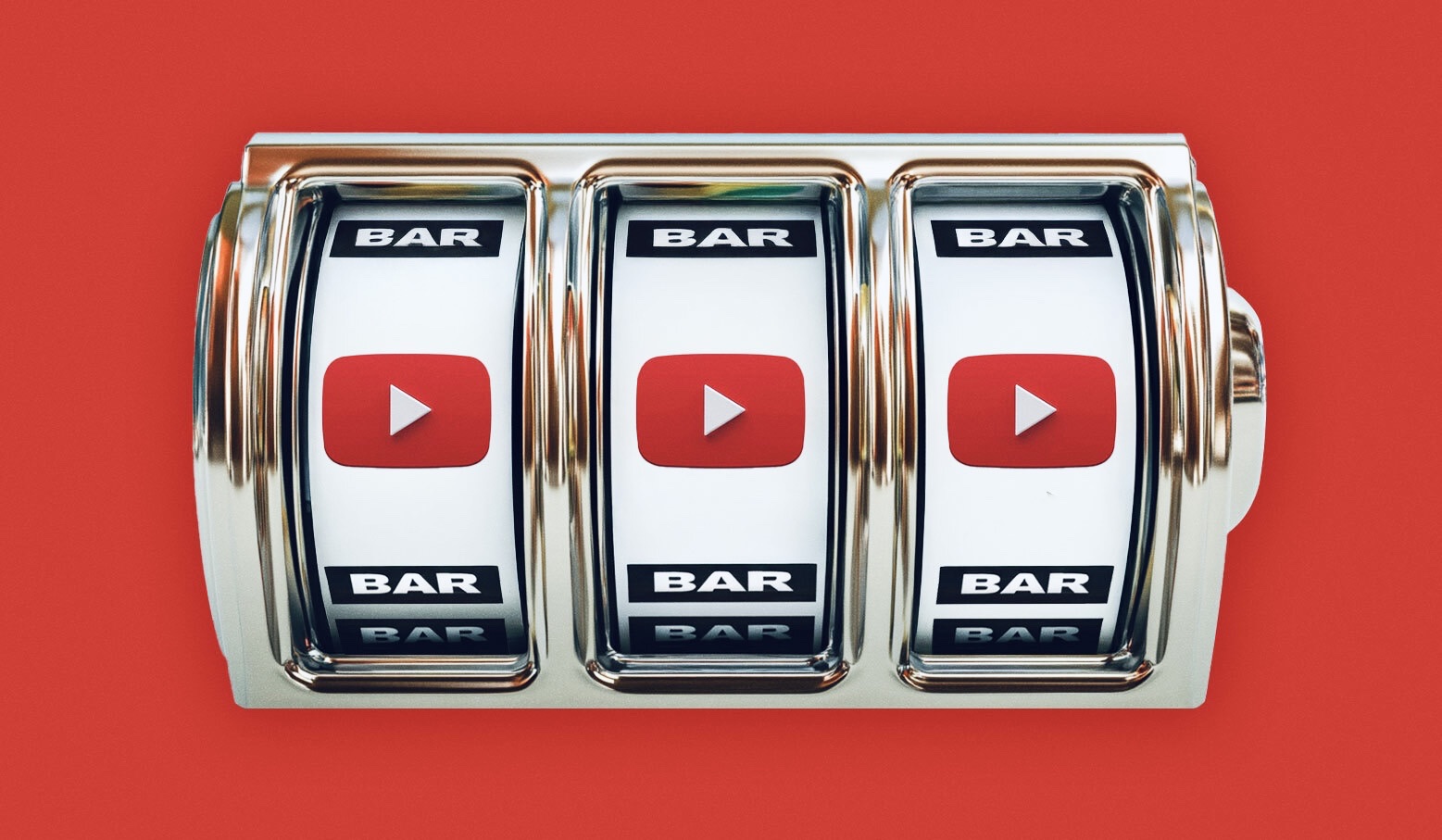

![How To Drive More Conversions With Fewer Clicks [MozCon 2025 Speaker Series]](https://moz.com/images/blog/banners/Mozcon2025_SpeakerBlogHeader_1180x400_RebeccaJackson_London.png?auto=compress,format&fit=crop&dm=1750097440&s=282171eb79ac511caa72821d69580a6e#)

![Brand and SEO Sitting on a Tree: K-I-S-S-I-N-G [Mozcon 2025 Speaker Series]](https://moz.com/images/blog/banners/Mozcon2025_SpeakerBlogHeader_1180x400_LidiaInfante_London.png?auto=compress,format&fit=crop&dm=1749465874&s=56275e60eb1f4363767c42d318c4ef4a#)

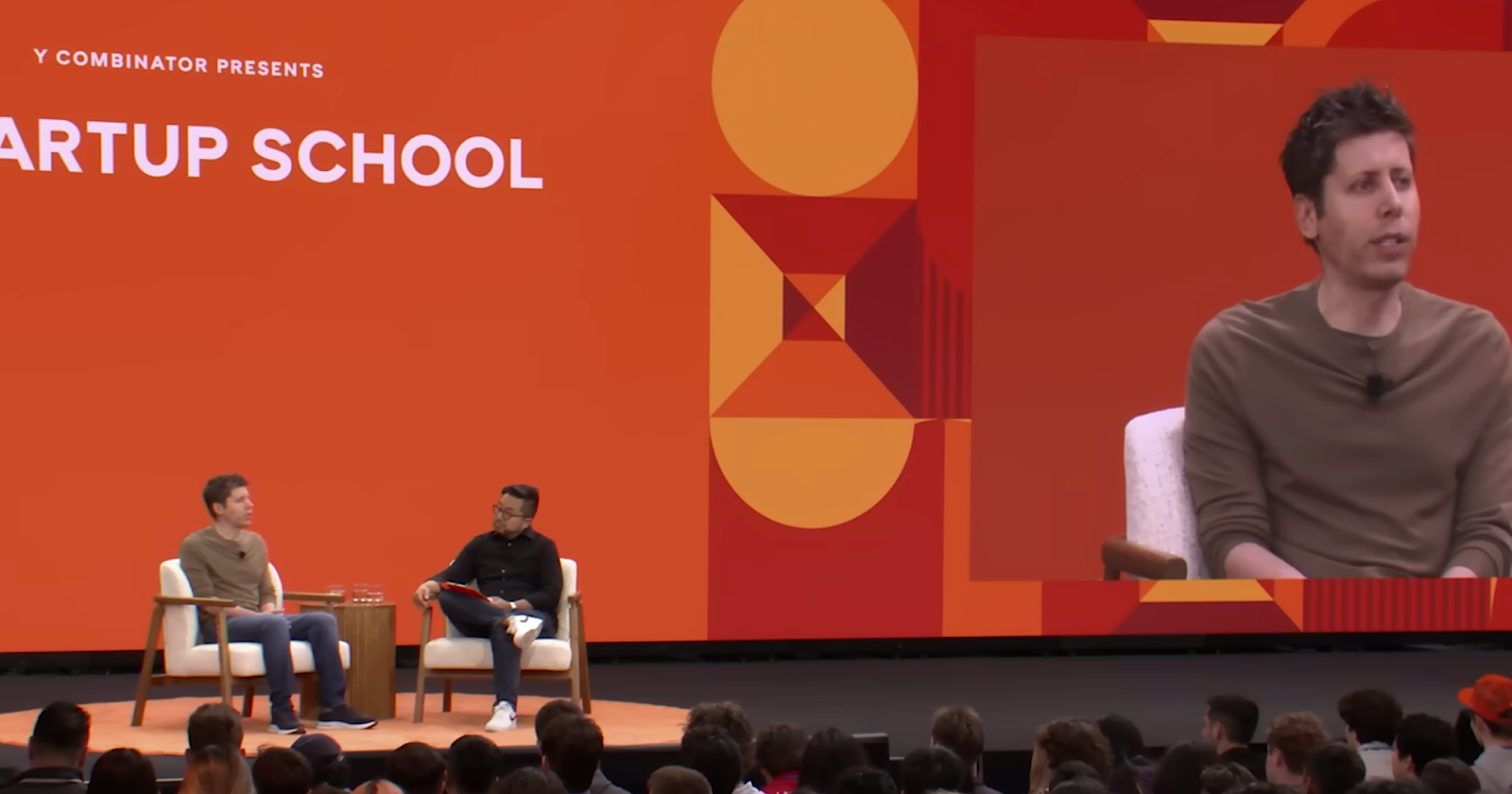

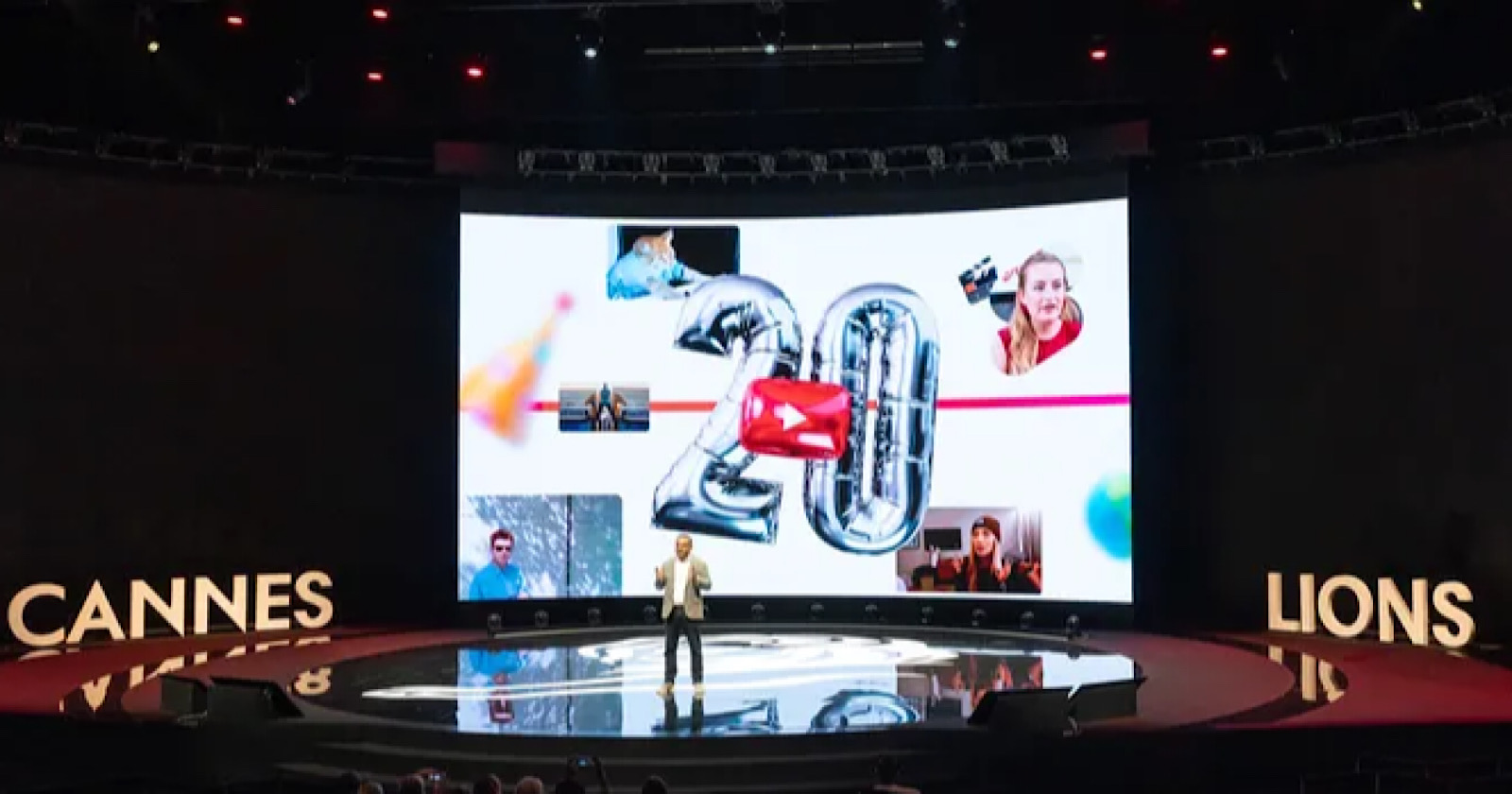





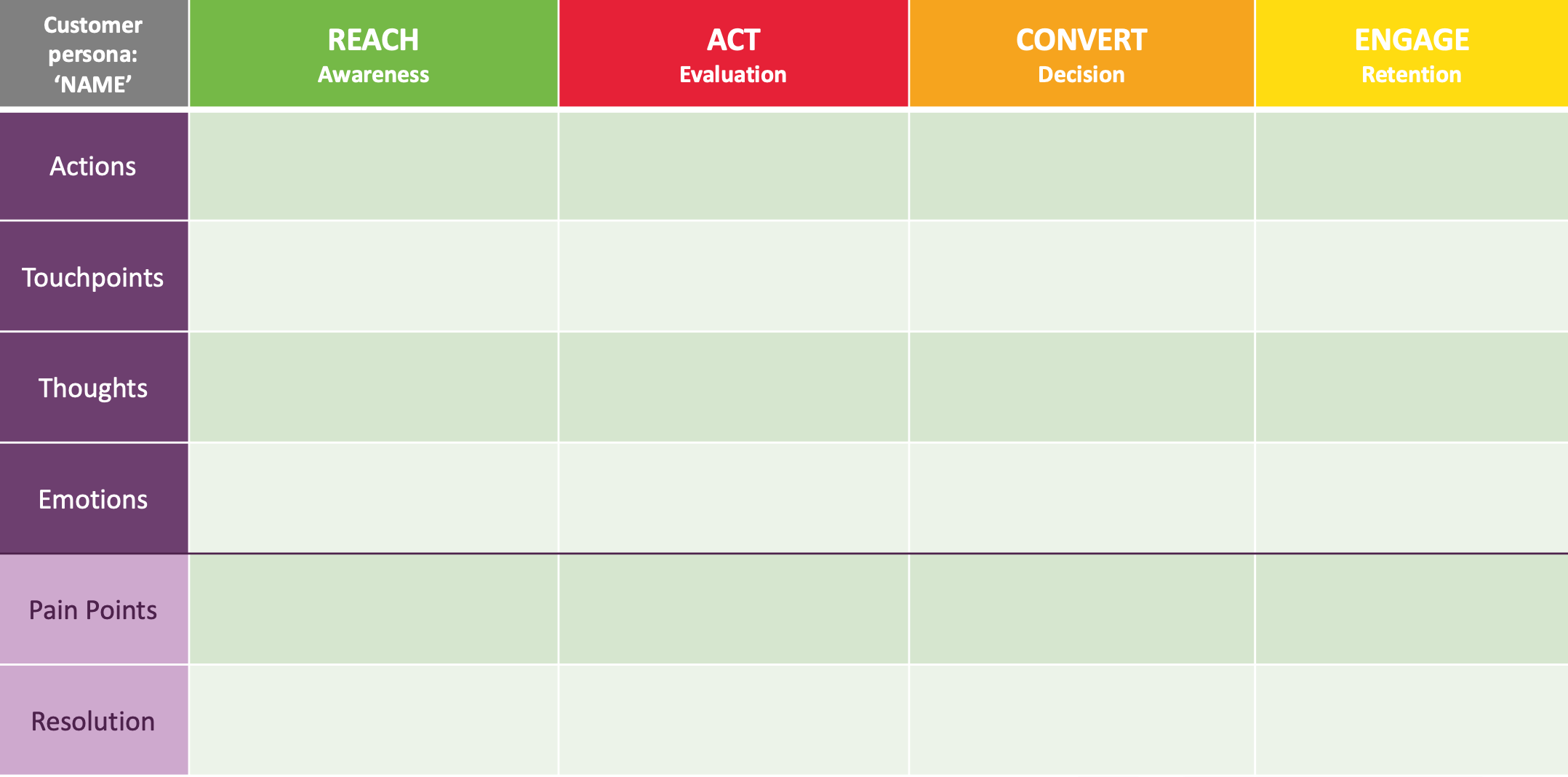















![The 11 Best Landing Page Builder Software Tools [2025]](https://www.growthmarketingpro.com/wp-content/uploads/2024/04/best-landing-page-software-hero-image-1024x618.png?#)

































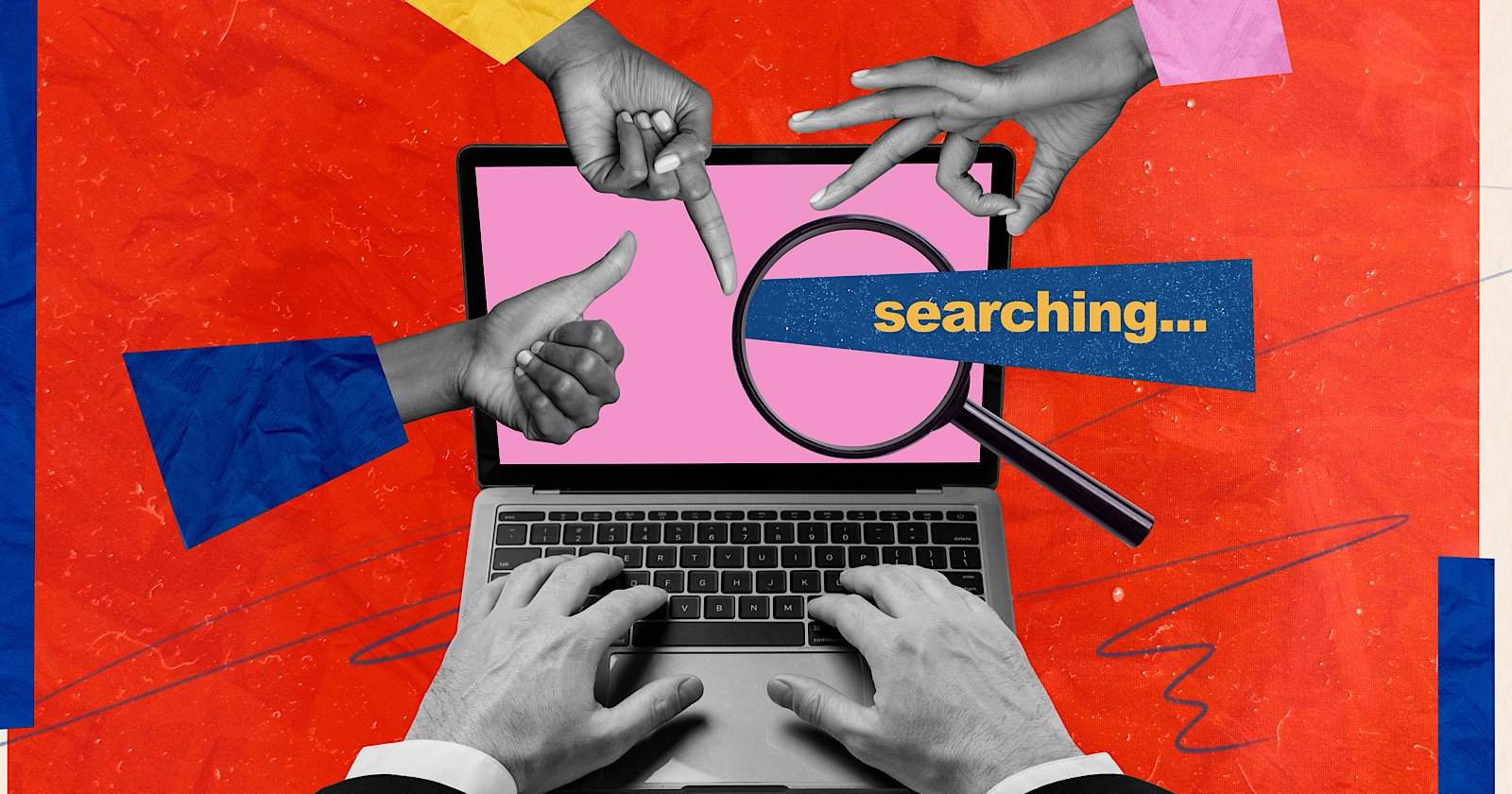

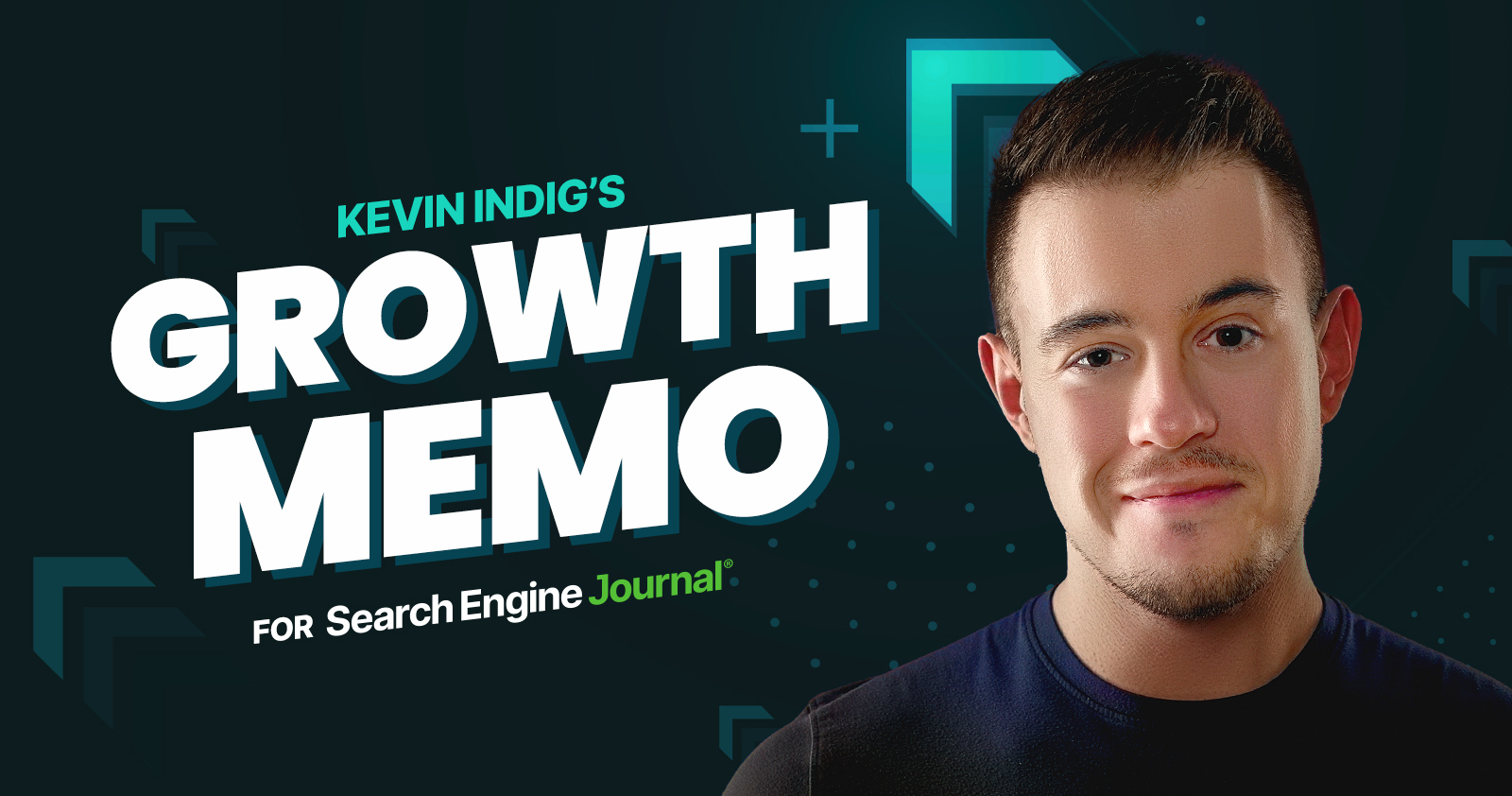
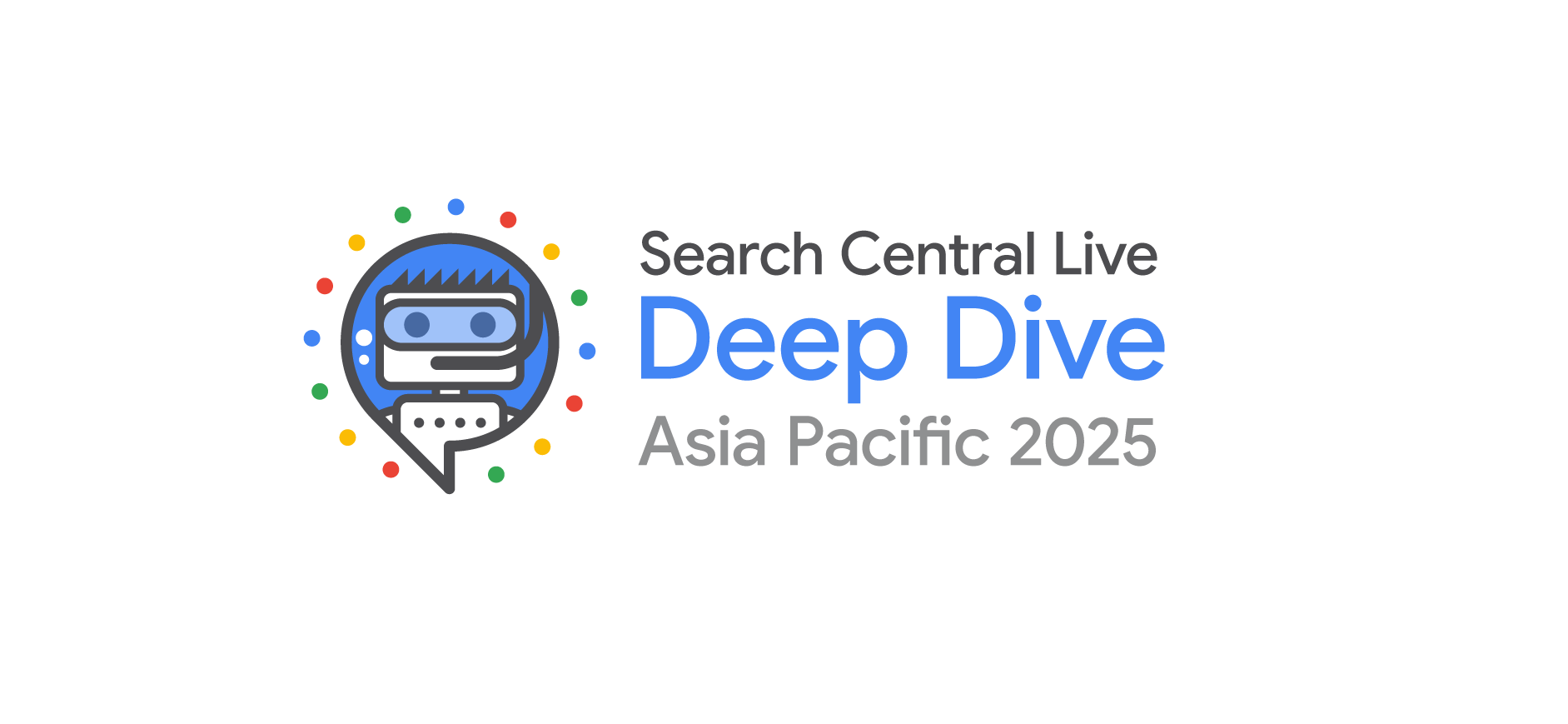


![How to Create an SEO Forecast [Free Template Included] — Whiteboard Friday](https://moz.com/images/blog/banners/WBF-SEOForecasting-Blog_Header.png?auto=compress,format&fit=crop&dm=1694010279&s=318ed1d453ed4f230e8e4b50ecee5417#)




![What Is a Markup Language? [+ 7 Examples]](https://static.semrush.com/blog/uploads/media/82/c8/82c85ebca40c95d539cf4b766c9b98f8/markup-language-sm.png)



